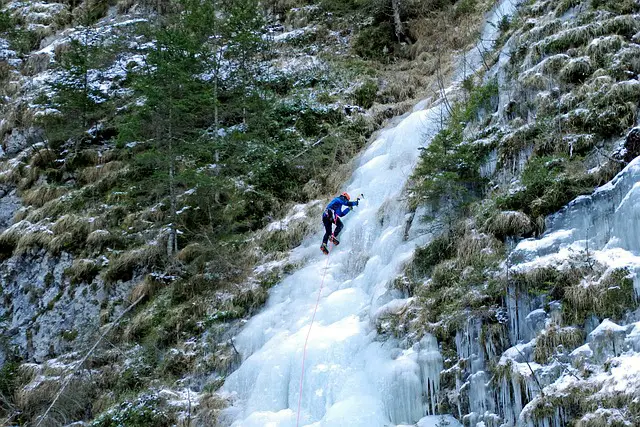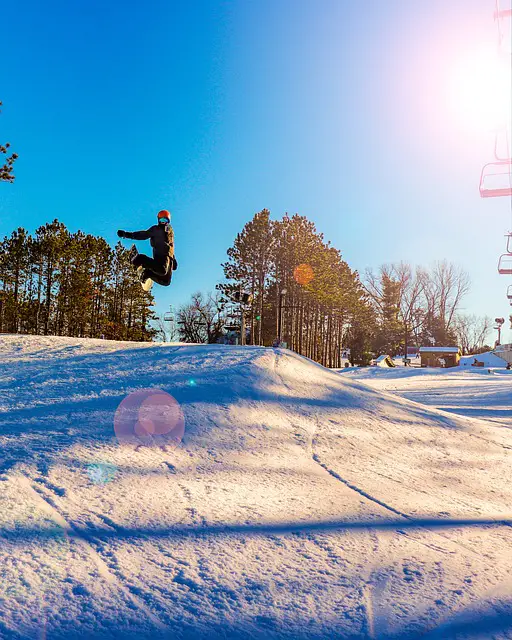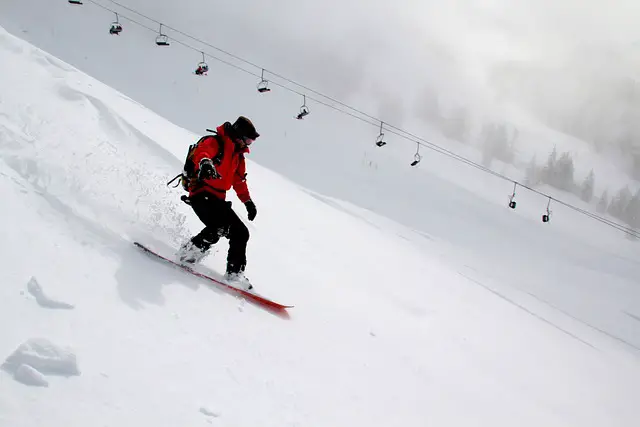Understanding the Risks: What does an Ice Climbing Fall Involve?
Ice climbing is certainly exhilarating, but it’s not without its fair share of risks. One of those risks is falling. An unharnessed fall from the icy heights can have disastrous outcomes, including severe injuries or even a fatality.
But what exactly does an ice climbing fall involve? Factors such as the nature of the fall, your climbing equipment, and the climber’s skill and experience will determine the outcome. Having a clear understanding of these nuances can make all the difference when it comes to your safety.
The Mechanics of an Ice Climbing Fall
Unlike regular rock climbing, where a fall essentially means a downward plunge arrested by your belay system, an ice climbing fall can often result in a slide. The slippery, angular nature of ice surfaces can cause a climber to slide down the face of the ice before the belay system fully arrests the fall.
The Role of Climbing Equipment
Your climbing gear plays a major role in ensuring your survival during a fall. Investing in high-quality, reliable equipment is crucial.
Ice Axes and Ice Screws
Ice axes and ice screws are two pieces of equipment that can be life-saving in the event of a fall. Ice axes can arrest your fall if you lose your footing, while ice screws anchor you to the ice, preventing you from falling too far.
Belay Systems
Belay systems are crucial for climbing safety. They help control rope tension, making it possible for climbers to stop quickly if they fall. Make sure your belay device is reliable, easy to use, and compatible with your ropes.
Training and Techniques: Can They Prevent An Ice Climbing Fall?
Training is a critical component of climbing safety, equipping climbers with the knowledge and skills necessary to navigate various scenarios on the ice.
Fall Arrest Techniques
In ice climbing, there are several fall arrest techniques that climbers can use to stop a fall quickly. One of them is the self-arrest technique, which involves using your ice axe to dig into the ice to slow your descent.
Ice Climbing Safety Courses
Before undertaking any climbing expedition, consider enrolling in an ice climbing safety course. These courses offer in-depth insights into various safety measures, emergency procedures, and climbing techniques.
Conclusion
While the risk of a fall can never be fully eliminated in ice climbing, the proper equipment, training, and understanding of the climbing environment can significantly lower the odds. By preparing for the worst while hoping for the best, you can ensure that you get the most out of your ice climbing adventures while prioritizing safety.




